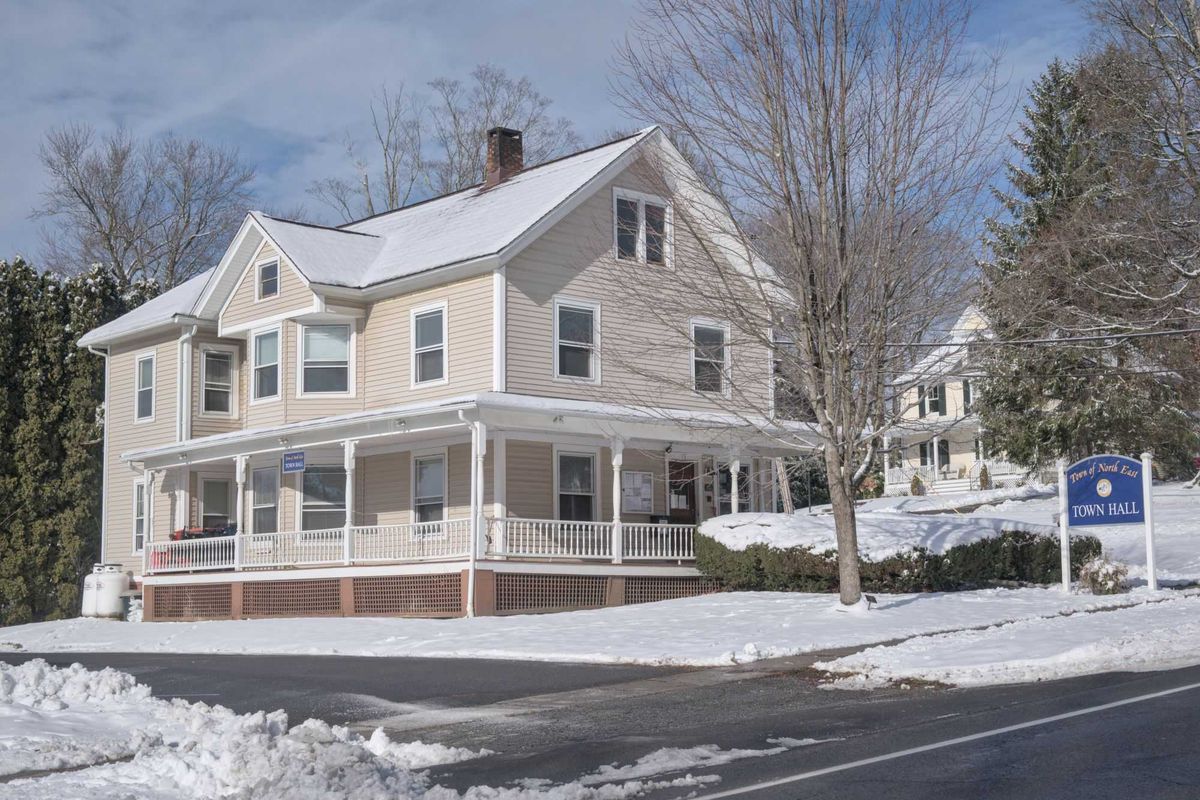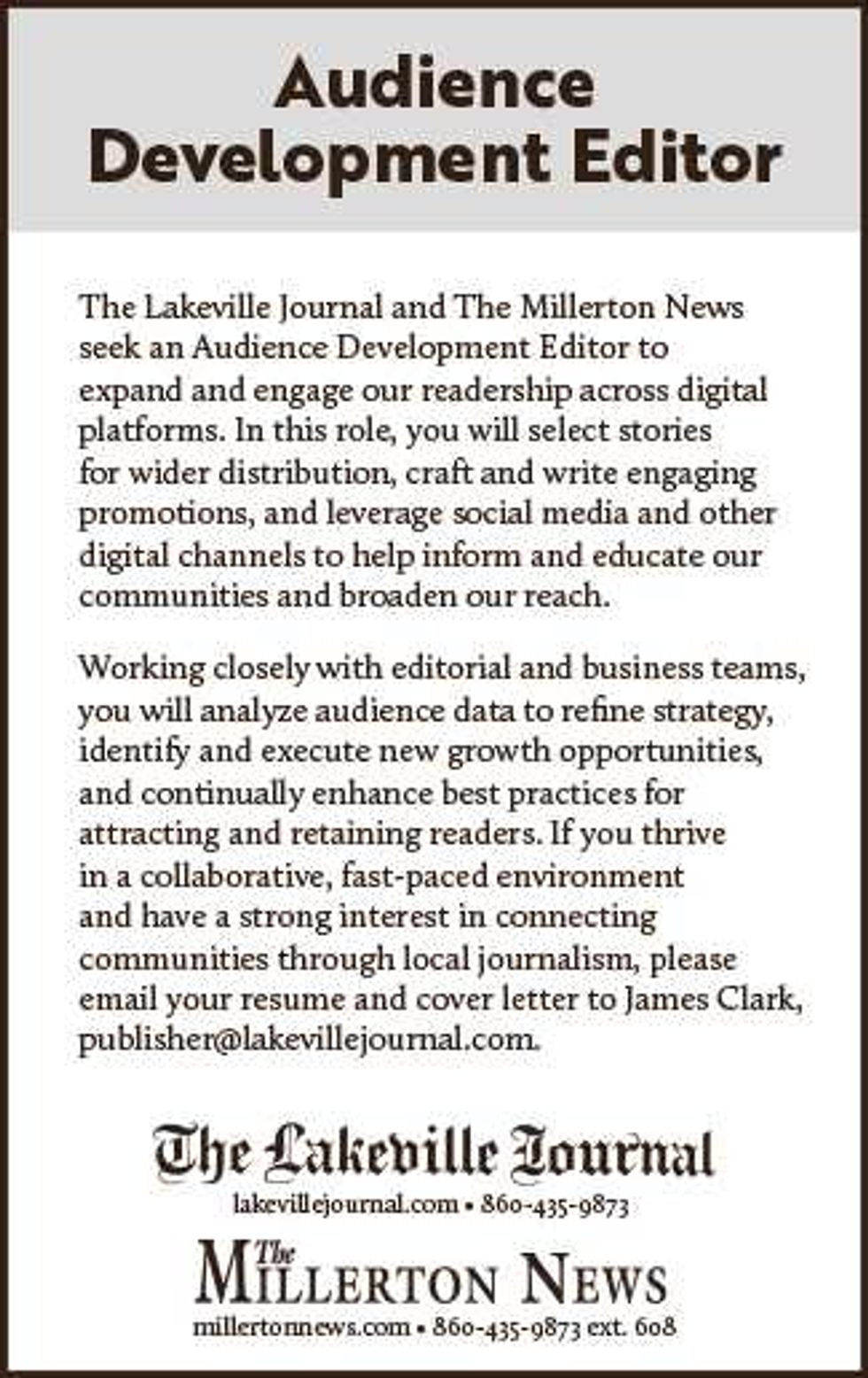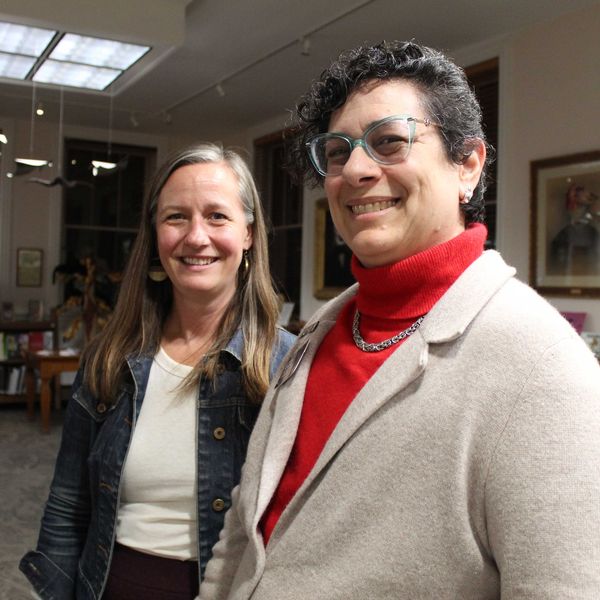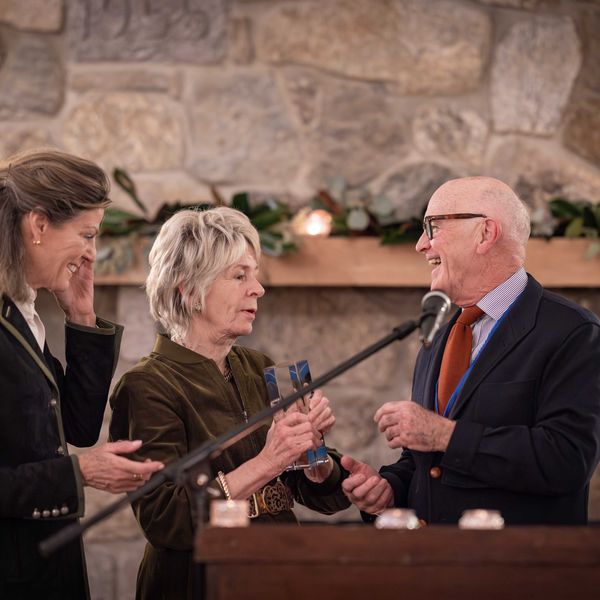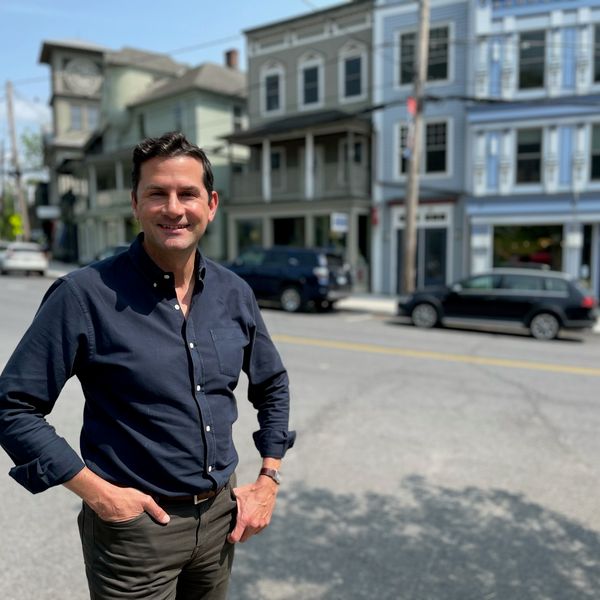How gardening can nourish birds in everyone’s backyard

Bethany Sheffer, volunteer coordinator and naturalist at Sharon Audubon, gives a talk on supporting birds using native plants at the Amenia Free Library Saturday, April 26. The program was put on by the Amenia Garden Club and Conservation Advisory Council as part of Earth Day events.
Photo by Ruth Epstein

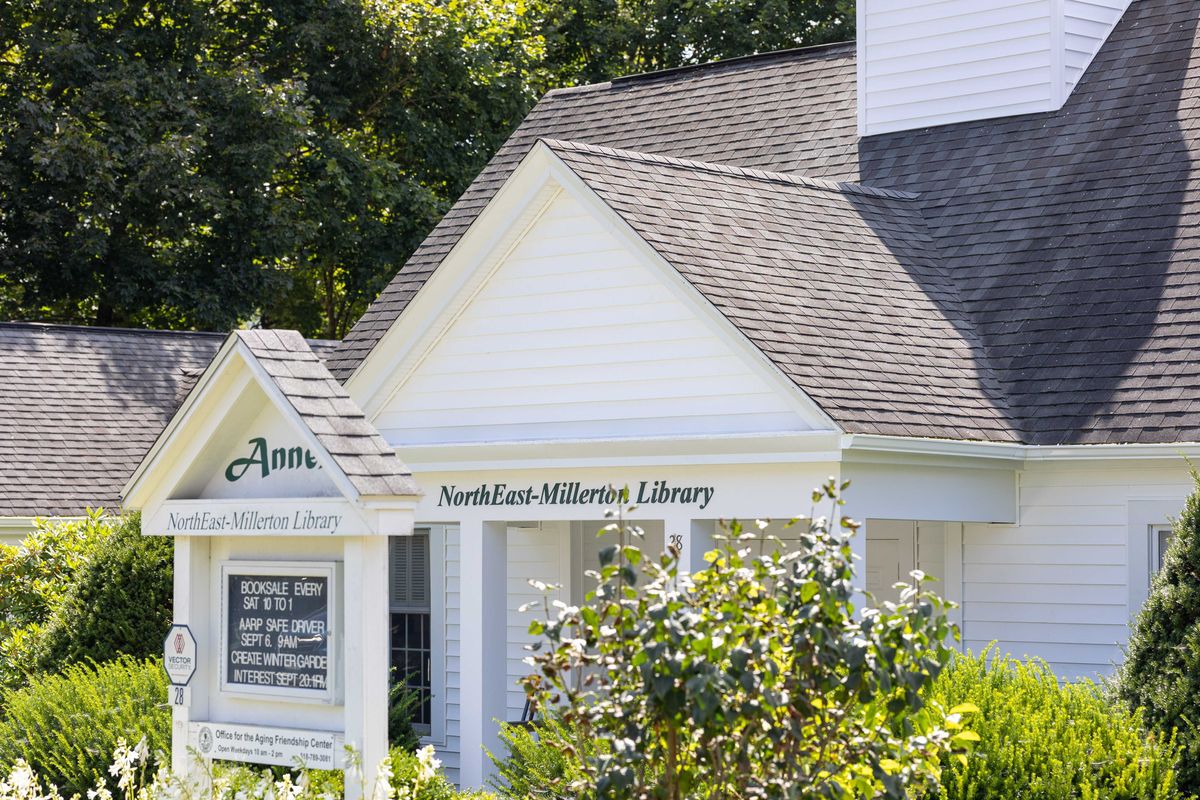
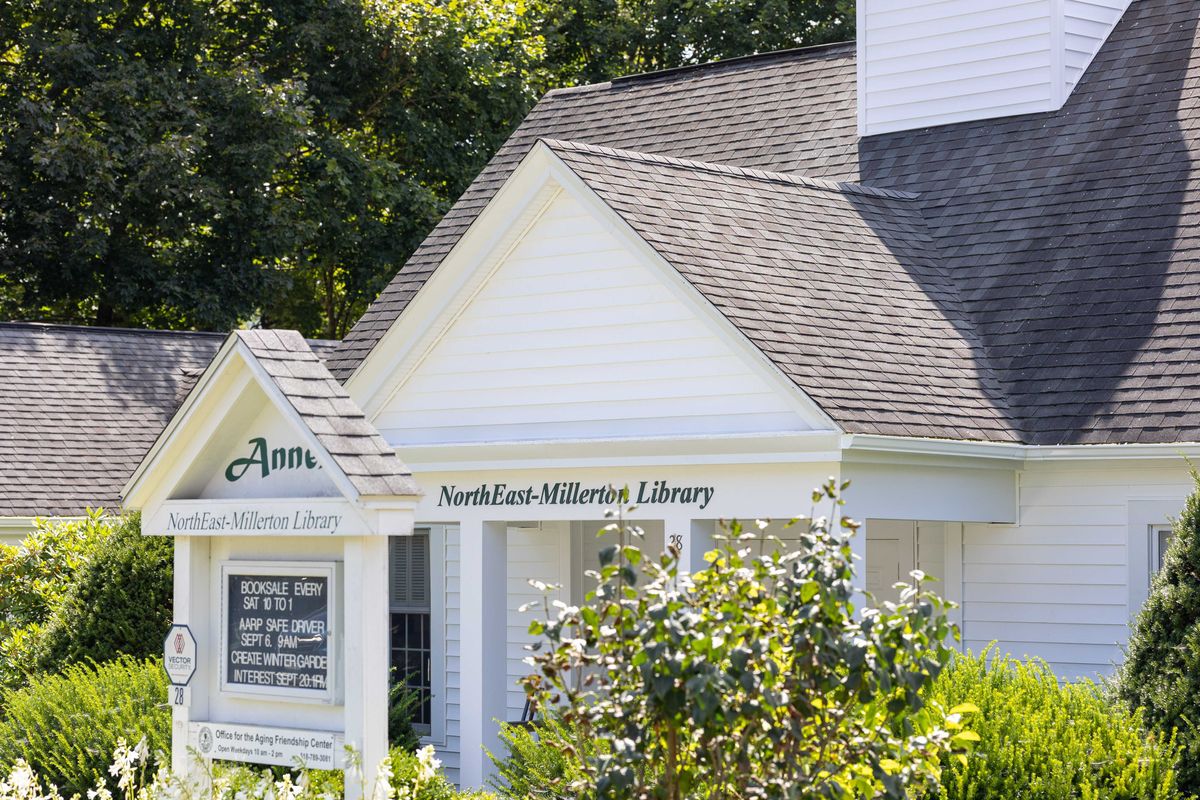
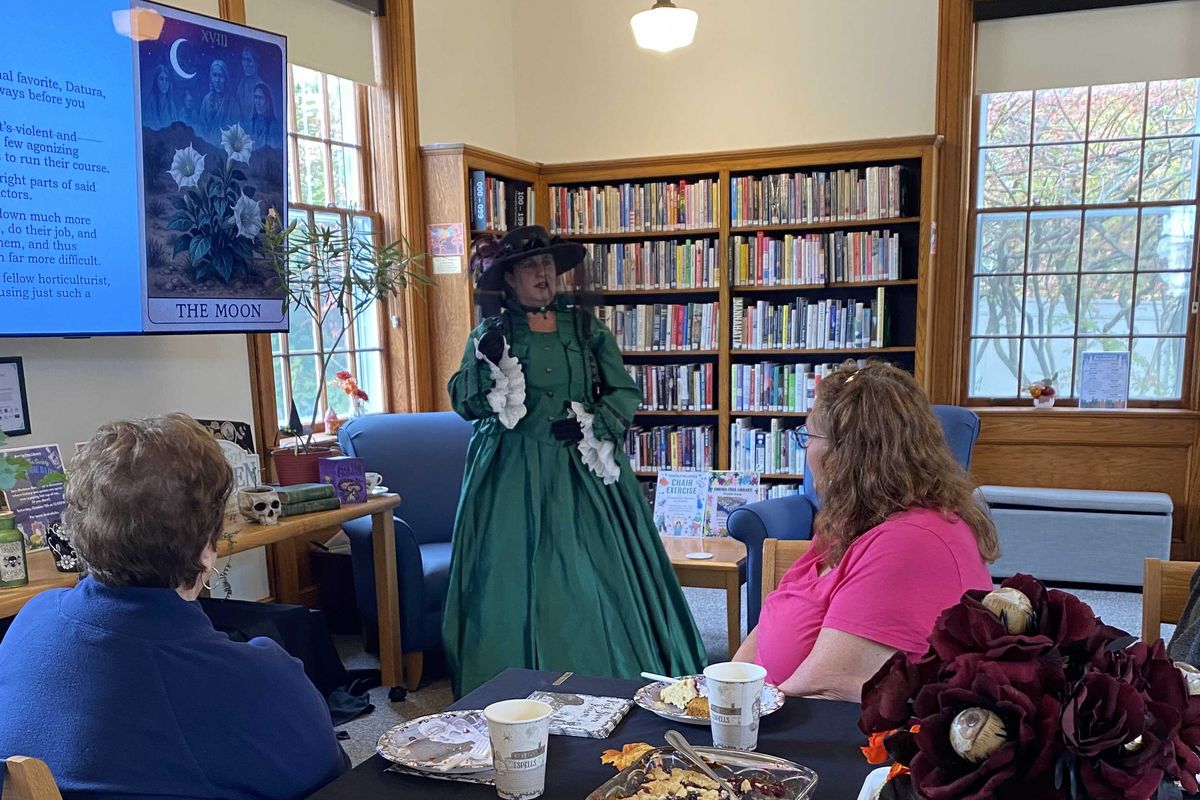


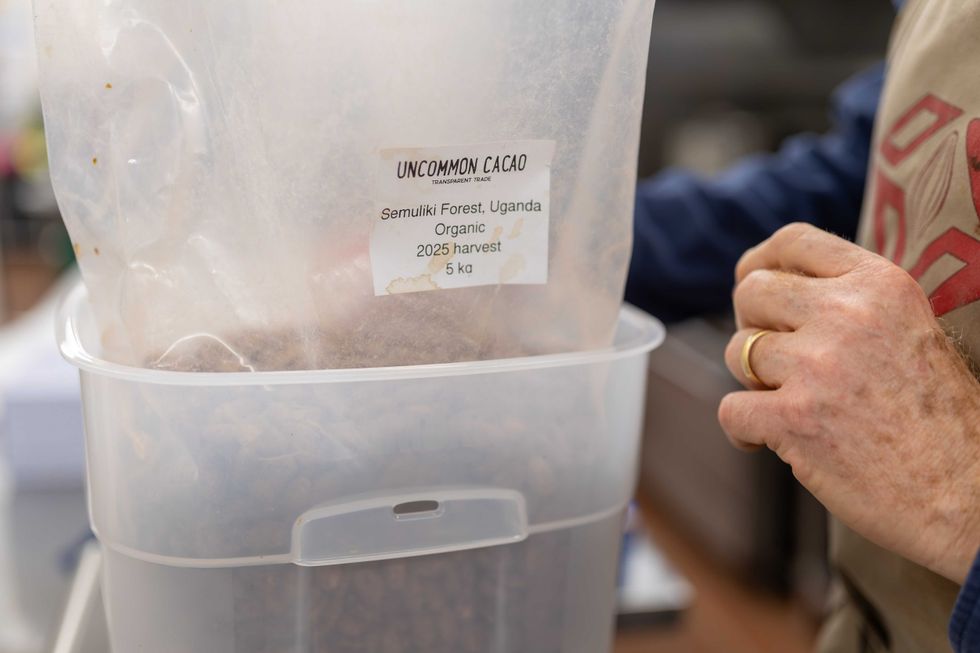 Cacao beans sourced from farms in Uganda, used in Mudgetown Chocolate’s small-batch creations.By Aly Morrissey
Cacao beans sourced from farms in Uganda, used in Mudgetown Chocolate’s small-batch creations.By Aly Morrissey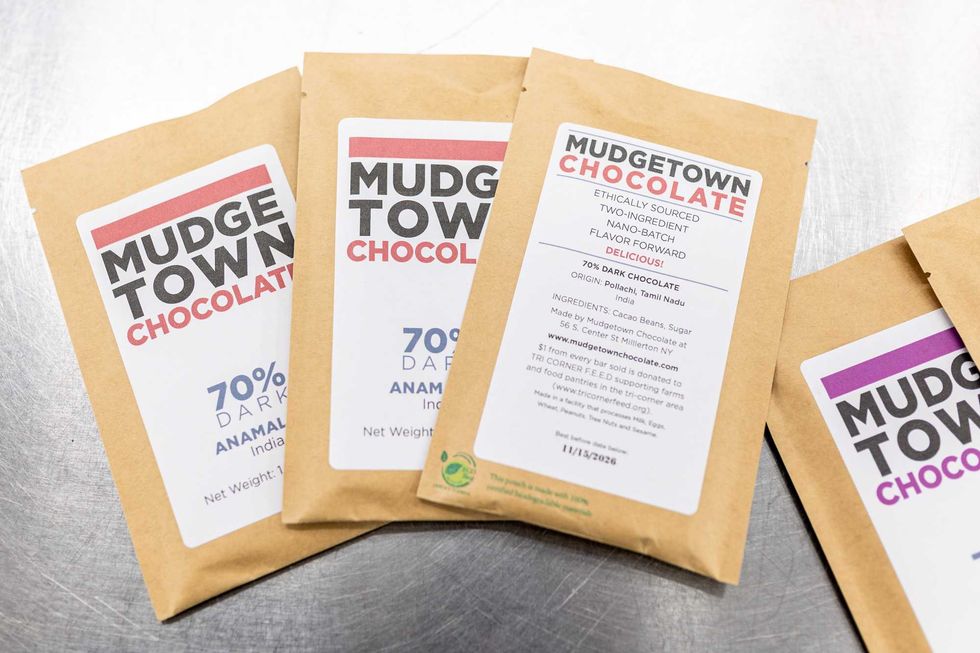 Mudgetown Chocolate, handmade in small batches using cacao sourced from farms around the world.By Aly Morrissey
Mudgetown Chocolate, handmade in small batches using cacao sourced from farms around the world.By Aly Morrissey
